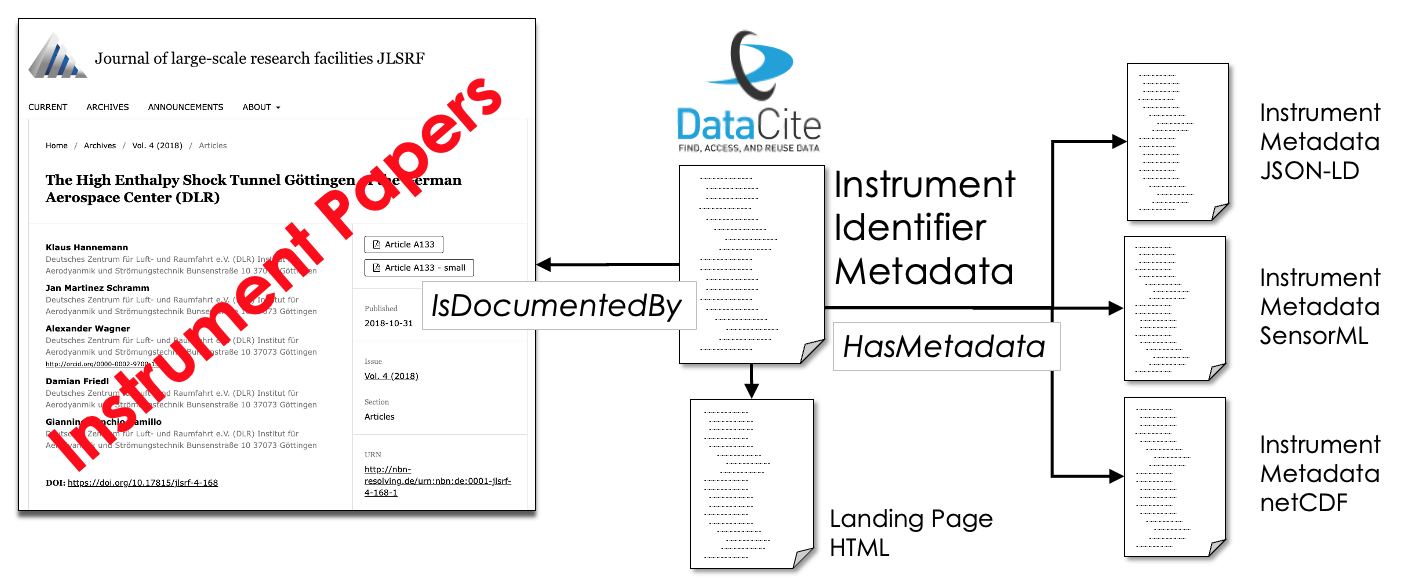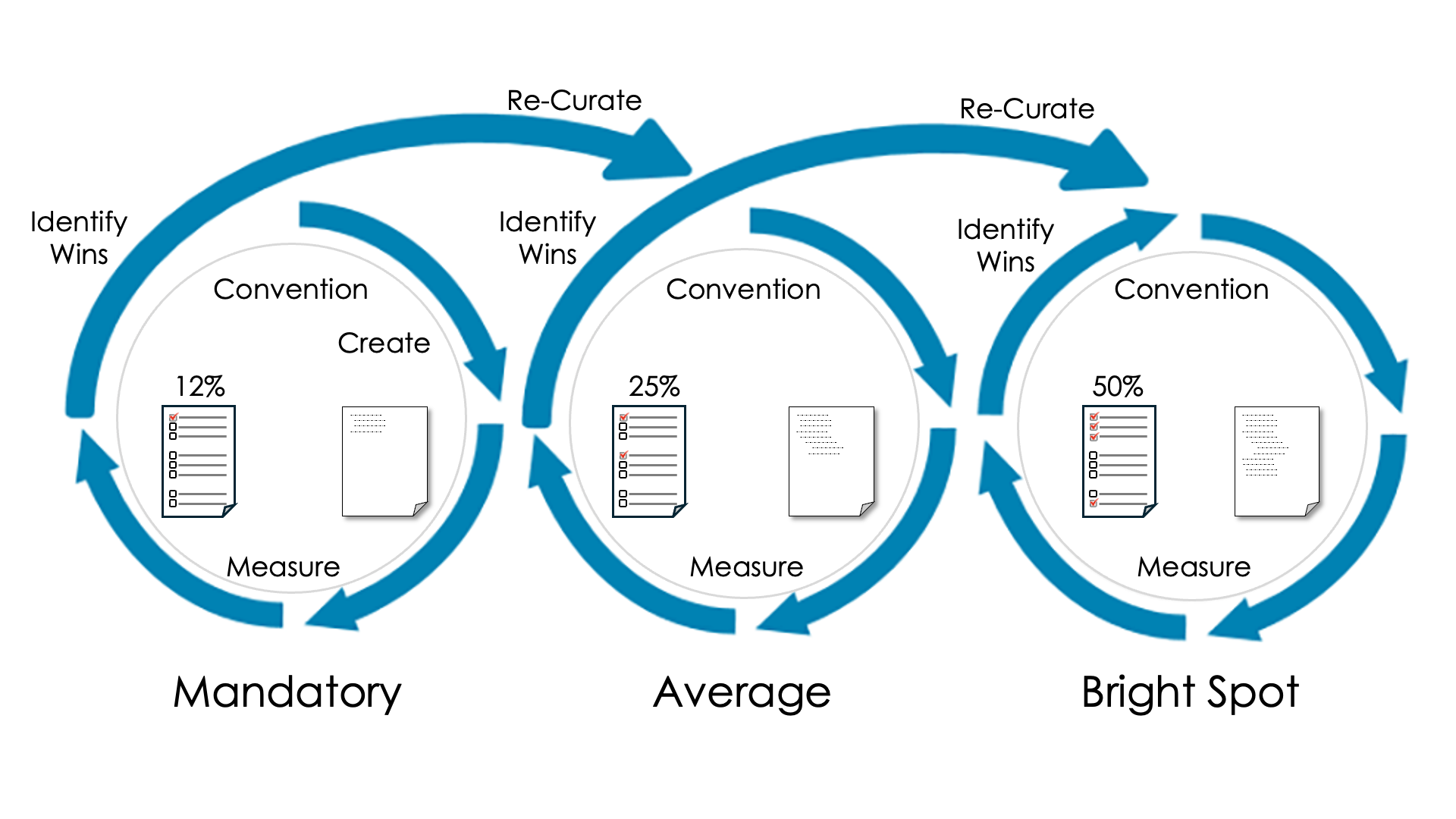
Version 4.5 of the DataCite Metadata Schema\ includes several changes supporting the identification and description of instruments. Several DataCite members were describing instruments in DataCite metadata before this capability was introduced and others are beginning to do it now. These existing efforts can inform the development of community conventions and help the broader community understand how to use instrument metadata effectively.









